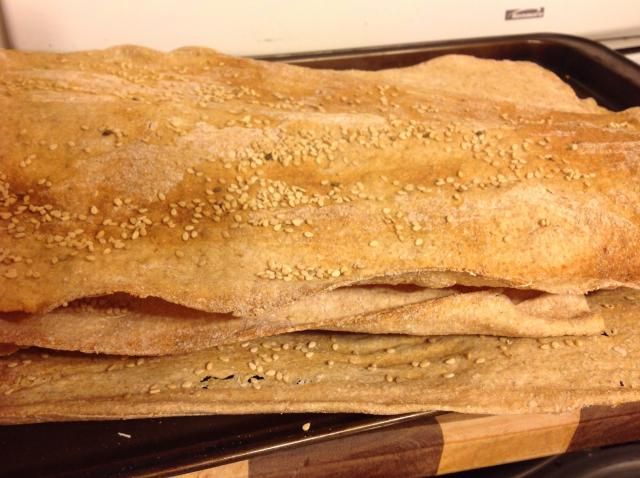Working with local stone ground flour
Awhile ago I bought a screen for bolting flour. I'd done a bit of reading and it sounded like nothing but a good thing; you get the nutritional and flavor benefits of whole grain, with the structure of white flour. I made several loaves using Bob's Red Mill flour, shaking it through the screen to produce maybe 1/4 cup of chaff for the 500 g of flour I needed for my recipe. I couldn't really tell if it was making a difference (I should really do a comparison bake, but frankly my time is limited and I'd want to have plenty of flexibility for a project like that), but I did it anyway.

